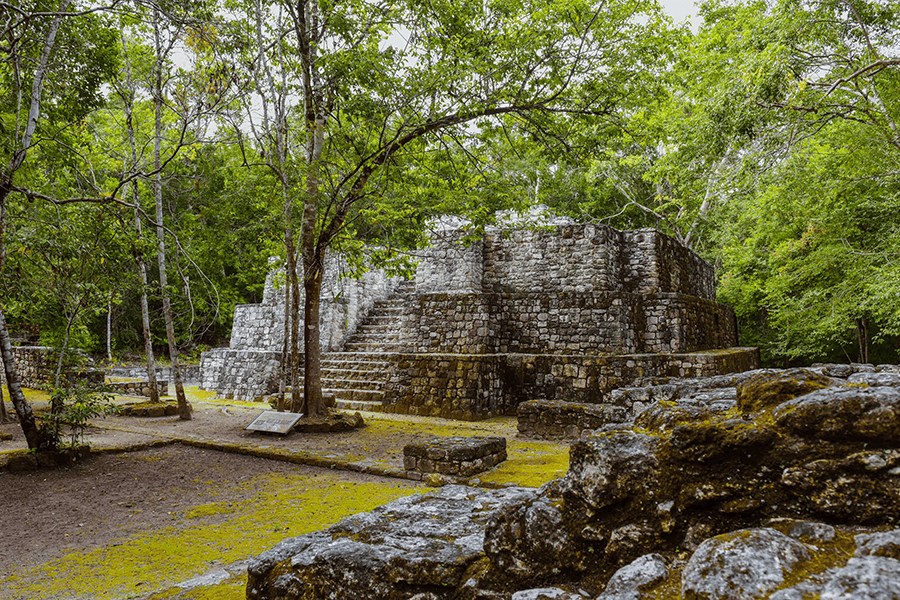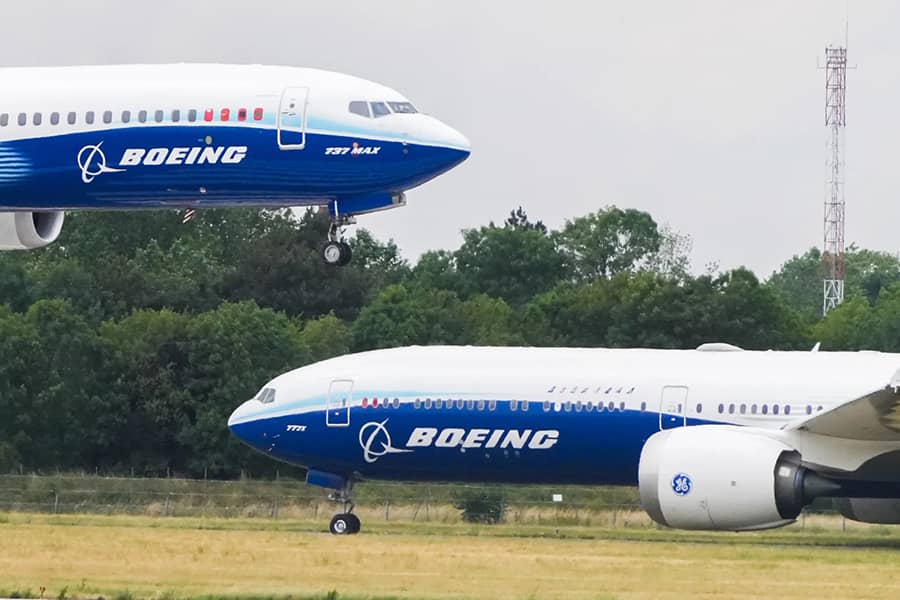NASA is increasingly troubled by a worsening leak on the International Space Station.

Introduction: NASA’s Concerns Over ISS Leak
As NASA grapples with the growing concerns surrounding a leak on the International Space Station (ISS), the implications extend far beyond just technical challenges. The ISS, a symbol of international cooperation and scientific advancement, now finds itself at a crucial crossroads where its integrity—and that of human lives—hangs in the balance. With astronauts conducting vital experiments in microgravity, any compromise to the station’s atmosphere could disrupt not only current missions but also years of collaborative research that have pushed our understanding of science and space.
Amid rigorous investigations to pinpoint the leak’s source, lessons about resilience and innovation emerge from this dilemma. The agency is reminded of its commitment to fostering an environment where quick-thinking solutions must parallel cutting-edge technology advancements. Each decision made carries weight—not only for ongoing missions but as a foundational strategy towards future endeavors like lunar bases or Mars exploration. As tensions rise over mission safety and funding allocations shift under scrutiny, one pivotal question looms: Can humanity continue to reach for the stars if we falter in maintaining our orbiting outpost?
Background: What is the International Space Station?
The International Space Station (ISS) stands as a remarkable testament to global collaboration and human ingenuity, orbiting Earth at an altitude of approximately 400 kilometers. Designed as a multi-national laboratory, it serves scientists from around the world, allowing them to conduct groundbreaking research in microgravity across various fields such as biology, physics, and astronomy. What’s fascinating is that the ISS is not just a scientific platform; it’s also a cultural beacon symbolizing what humanity can achieve when nations unite beyond earthly conflicts.
As it continuously circles our planet, the ISS has become a unique observational post for climate studies and Earth sciences while fostering international cooperation through shared missions and experiments. Yet beneath this collaborative spirit lies an underlying challenge: maintaining its intricate systems in an environment fraught with hardware wear-and-tear due to cosmic radiation and micrometeoroid impacts. The recent leaks troubling NASA underscore the fragility of this marvel suspended in space; amidst aspirations for Mars exploration and beyond, ensuring the longevity of the ISS remains critical. As we stand on the brink of new frontiers in space travel, understanding these vulnerabilities becomes essential—not just for science but for securing humanity’s future among the stars.
Current Situation: Details of the Leak
The leak on the International Space Station (ISS) isn’t just a minor inconvenience; it poses significant risks to both the crew aboard and ongoing scientific missions. Recent reports indicate that the issue may stem from multiple small breaches, likely exacerbated by the wear and tear of years in low Earth orbit. These leaks are being monitored closely, with mission control employing advanced imaging techniques to pinpoint precise locations—a task made all the more complex by factors like microgravity and volatile environmental conditions.
What’s particularly concerning is how this situation could influence future ISS missions and international cooperation in space exploration. As nations collaborate on ambitious projects such as Artemis and Mars colonization, any disruption at the ISS demands immediate attention for maintaining safety protocols. The clock is ticking: not only does NASA need to secure its current mission’s integrity, but they must also inspire confidence among international partners whose astronauts share this delicate ecosystem. As engineers scramble for solutions, one cannot help but wonder about the long-term implications this leak could have on humanity’s aspirations beyond our planet.
Causes: Potential Sources of the Leak
One of the primary suspects behind the leak is micro-meteoroid impacts, a persistent risk for spacecraft in low Earth orbit. These tiny particles, traveling at astonishing speeds, can puncture even the most durable materials over time. While NASA has long anticipated such events, this incident underscores the cumulative wear and tear on aging infrastructure. The ISS has been operational since 1998; its components are now approaching a stage where they may be more vulnerable than ever before to these random yet damaging encounters with space debris.
Another potential source of concern lies within the myriad connections and joints that make up the station’s intricate design. As various modules were added over decades—each with unique fittings and fixtures—the likelihood of mechanical failures increases significantly. Age-related fatigue could lead to hairline fractures or loose fittings that might not have appeared problematic until now. This situation serves as a stark reminder that even in an era of sophisticated engineering, human ingenuity must continually adapt to the unpredictable complexities posed by life in space.
Impacts: Effects on ISS Operations and Crew
The ongoing leak at the International Space Station (ISS) poses significant challenges not only to its structural integrity but also to the well-being of its crew. As mission control scrambles to manage the situation, astronauts grapple with a heightened sense of urgency and responsibility. Their daily routines are increasingly punctuated by repair efforts, demanding them to pivot from scientific research to crisis management. This shift can be psychologically taxing; the constant vigilance required when operating in a confined environment like the ISS can lead to increased stress levels among crew members.
Moreover, each unplanned incident impacts the carefully orchestrated schedule that drives multi-national scientific collaboration aboard the station. Research initiatives that benefit humanity—ranging from advancements in pharmaceuticals to exploration technologies—face delays as resources are diverted toward ensuring safety and stability. The collective morale of the crew can also be influenced by such disruptions; they must navigate their personal aspirations for contributing valuable science while dealing with situational constraints beyond their control. The ripple effects of these operational difficulties highlight how a single leak can undermine years of investment in human spaceflight and collaborative exploration while reinforcing the urgent need for robust contingency planning in space missions.
Response: NASA’s Action Plan to Address Issue
NASA’s response to the leak on the International Space Station (ISS) underscores its commitment to ensuring both the safety of astronauts and the longevity of this pivotal outpost in low Earth orbit. In a proactive reshaping of maintenance protocols, NASA is channeling resources into real-time monitoring technologies that enhance leak detection capabilities. This shift not only mitigates immediate concerns but also serves as a blueprint for future missions where every ounce of precision can mean the difference between success and catastrophe.
Moreover, NASA is leveraging collaborations with commercial partners and international space agencies to harness innovative engineering solutions. By embracing an open-source mindset, they aim to crowdsource ideas from engineers across various domains—potentially leading to breakthroughs in sealant technology or structural integrity assessments. This collaborative spirit fosters a sense of shared responsibility, transforming a daunting challenge into an opportunity for collective ingenuity, reminiscent of how humanity has always rallied during critical times in exploration history.
Future Implications: Long-term Effects on ISS Missions
The ongoing leak at the International Space Station (ISS) poses significant long-term challenges that could reshape the future of human space exploration. As NASA wrestles with immediate repair measures, this situation underscores a deeper issue: the aging infrastructure of the ISS itself. With its original mission lifespan expected to end around 2024, persistent leaks and technical malfunctions may jeopardize not just current scientific missions but also future endeavors such as sustainable lunar outposts and Mars colonization efforts. Programs heavily reliant on the ISS for microgravity research might face critical setbacks, ultimately impacting advancements in fields like medicine and materials science.
Moreover, reliance on an increasingly vulnerable ISS could spark a renewed conversation about international cooperation in space. Collaborative missions with private sector players or other nations may gain traction as stakeholders look to diversify human presence beyond low Earth orbit. The necessity to develop newer platforms for research might usher in a wave of innovation—perhaps leading to modular stations designed specifically for diverse mission profiles or specialized experiments focused on long-duration living conditions elsewhere in our solar system. In this shifting landscape, addressing vulnerabilities like those raised by the leak could catalyze transformative strategies that define humanity’s next chapter among the stars.
Collaboration: Working with International Partners
Collaboration with international partners has always been the backbone of the International Space Station (ISS) program, allowing nations to pool resources, technology, and expertise. As challenges like the recent leak surface, these partnerships become even more critical. Different countries bring their unique approaches to problem-solving; for instance, while NASA excels in aeronautics and deep space exploration, other entities like ESA (European Space Agency) and Roscosmos have amassed invaluable experience in station operations and life sciences. By leveraging these strengths collectively, teams can devise innovative solutions that are not only efficient but also enhance operational safety aboard the ISS.
Moreover, working alongside allies fosters a sense of global unity that transcends terrestrial borders. When astronauts from various nations collaborate in repairs or scientific experiments onboard the ISS, it sends a powerful message: that together we can overcome obstacles both on Earth and beyond. This cooperation extends beyond immediate technical fixes; it lays the groundwork for future endeavors such as lunar missions or Mars expeditions where inter-national teamwork will be vital. In facing crises like leaks or equipment malfunctions, every voice matters—drawing on diverse perspectives could spark revolutionary ideas that drive humanity further into space exploration than ever before.
Public Reaction: How This Affects Space Enthusiasts
The ongoing issues with the International Space Station (ISS) have sparked a whirlwind of emotions among space enthusiasts, blending concern with a sense of urgency. For many, the ISS represents humanity’s collaborative spirit in pursuit of scientific discovery and exploration. Now, as news of severe leaks heightens worries about the station’s integrity, fans and experts alike are pondering what this could mean for ongoing research projects and future missions to Mars and beyond. The delicate balance between maintaining an aging spacecraft and pushing for advancements in space technology creates a palpable tension within this passionate community.
Moreover, this scenario opens up discussions regarding the sustainability of long-term space habitation. Enthusiasts are increasingly advocating for innovation in spacecraft design that can withstand such challenges more effectively than older models. The situation acts as a catalyst for conversations about investing in new ventures that promise greater resilience—like lunar bases or alternative platforms orbiting Earth—that could eventually replace or complement the ISS. In the face of potential setbacks, these passionate advocates remain undeterred; instead, they rally around opportunities for improvement and progress within humanity’s extraterrestrial endeavors.
Conclusion: Urgency in Resolving ISS Challenges
The urgency to address the ongoing leak challenges on the International Space Station (ISS) cannot be overstated. As we advance further into a new era of space exploration, reliance on the ISS as our orbital laboratory becomes increasingly vital. The health and safety of astronauts depend not just on the station’s daily operations but also on swift resolutions to critical issues like leaks that compromise its integrity. Delays in addressing these concerns could mute future scientific progress, undermining decades of investments in research and human spaceflight.
Moreover, tackling these dilemmas swiftly is essential for fostering international collaboration in space. Countries involved in ISS operations share a common interest in creating a reliable platform for conducting experiments that push forward our understanding of living and working beyond Earth. If repair efforts are hindered or prolonged, it might discourage nations from participating fully in upcoming missions to deeper space, including Mars explorations and lunar camps envisioned by NASA and other organizations. The stakes are high; failure to implement timely solutions may indelibly impact not only scientific advancements but also our collective vision of humanity’s future among the stars.




